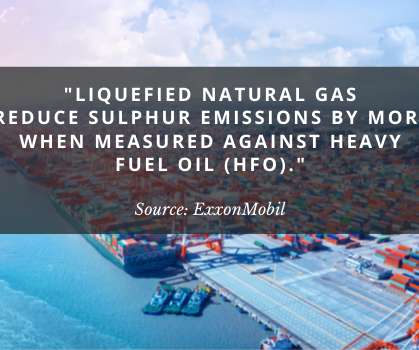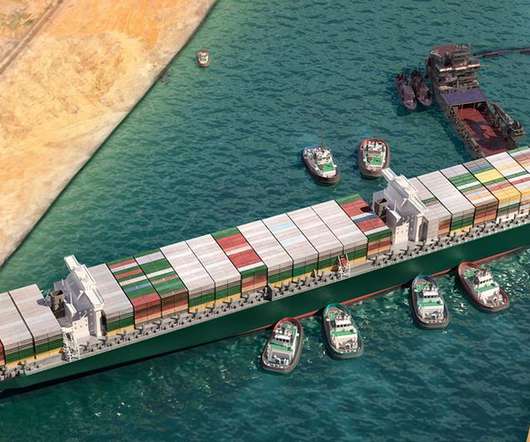2020 Trends in Freight Transportation, and the COVID-19 Impact
Logistics Bureau
JUNE 15, 2020
In the two years or so before 2020, capacity growth had been outstripping the rate at which demand was rising, keeping air freight rates down. Record Capacity Declines and Price Increases. Year-on-year capacity declines are significant, to put it mildly. Capacity from Asia Pacific to Europe – down by 30%.
















Let's personalize your content